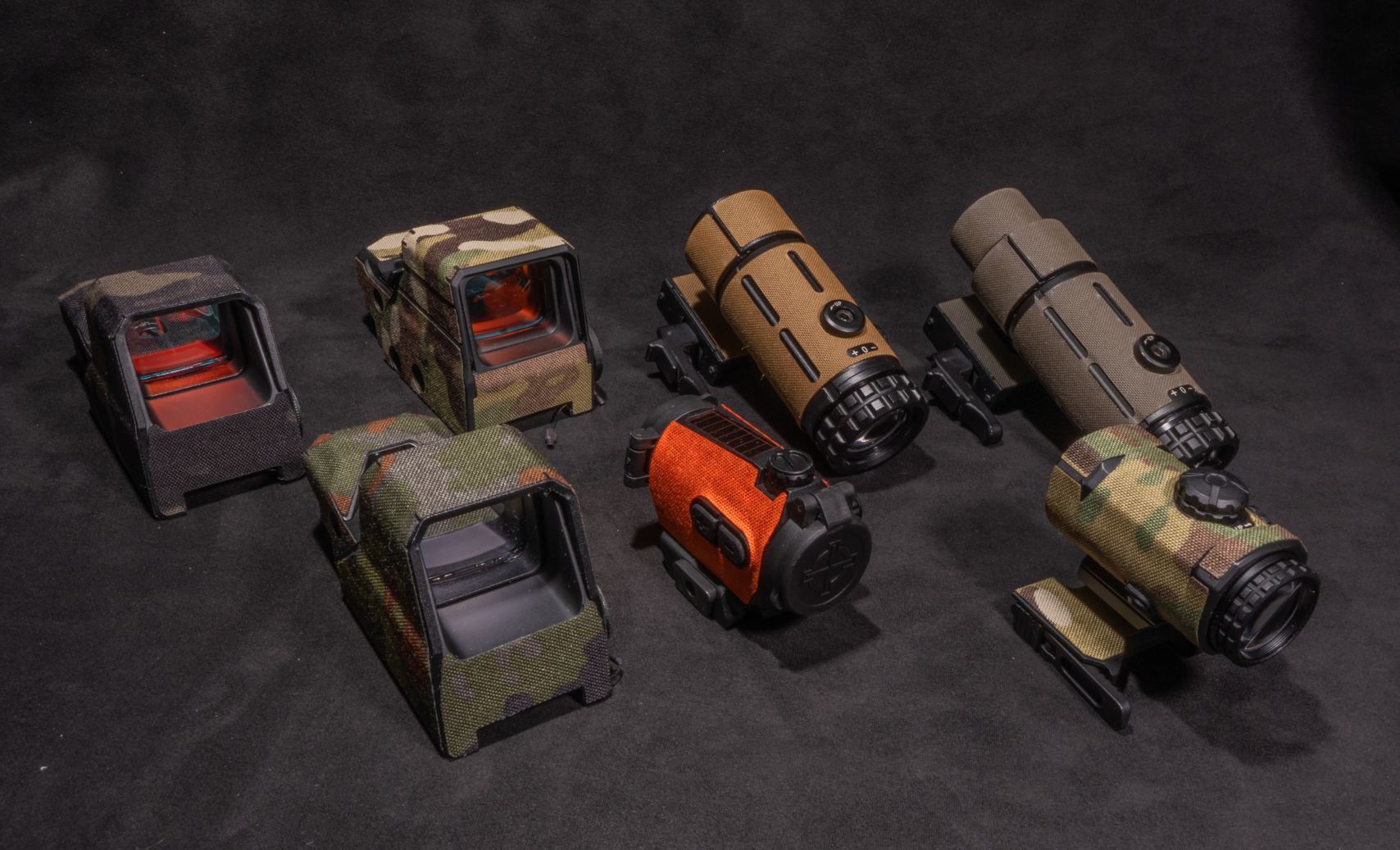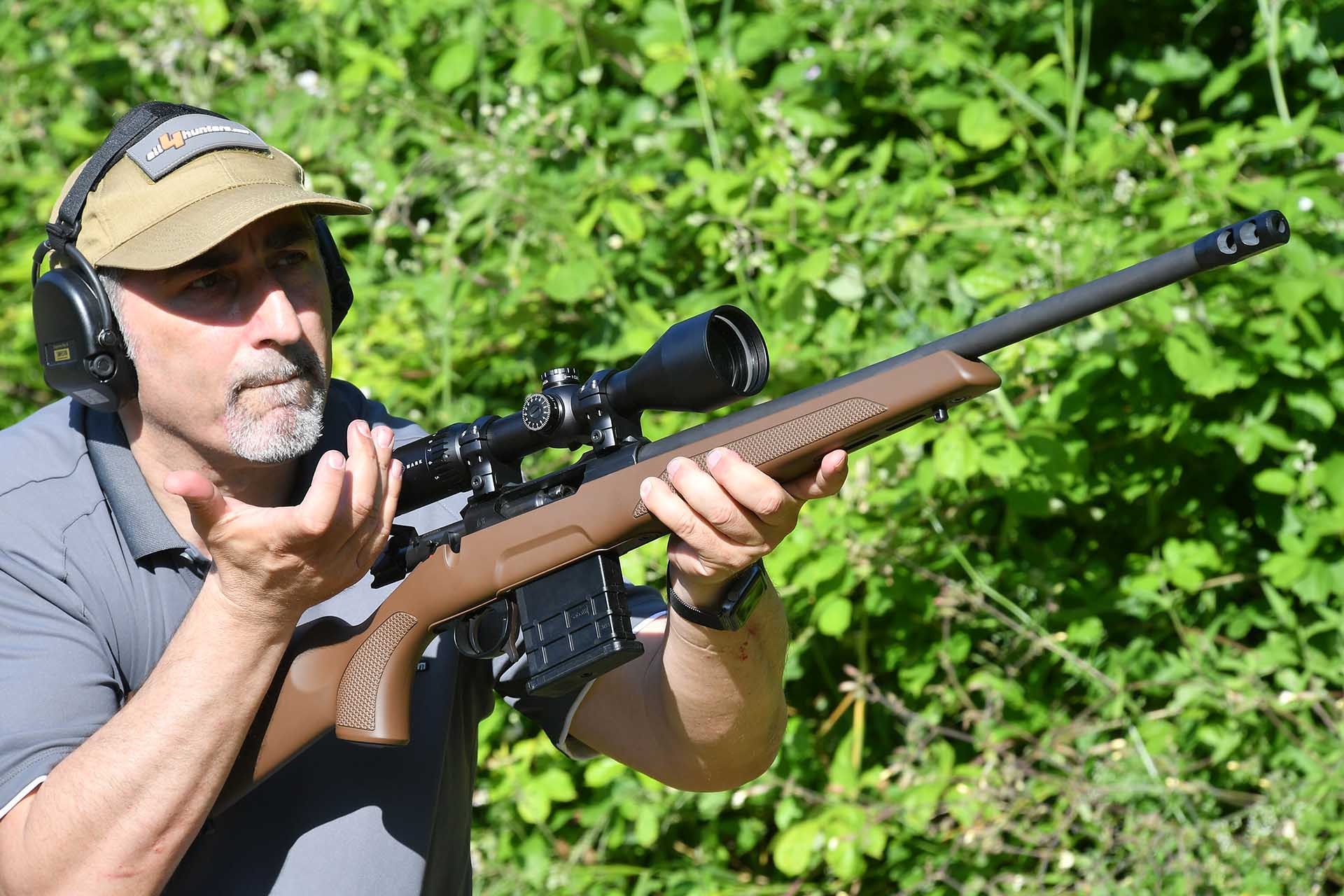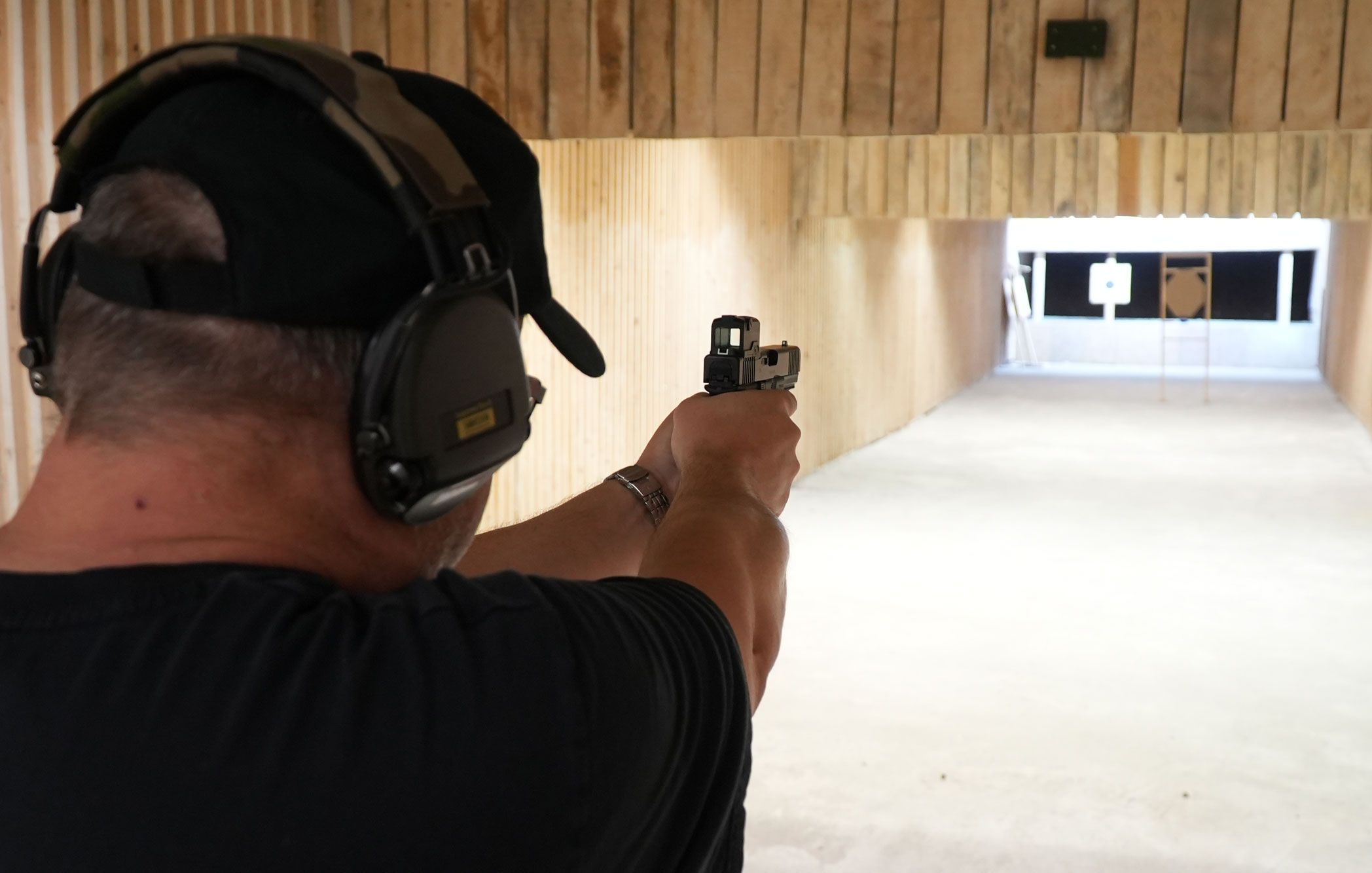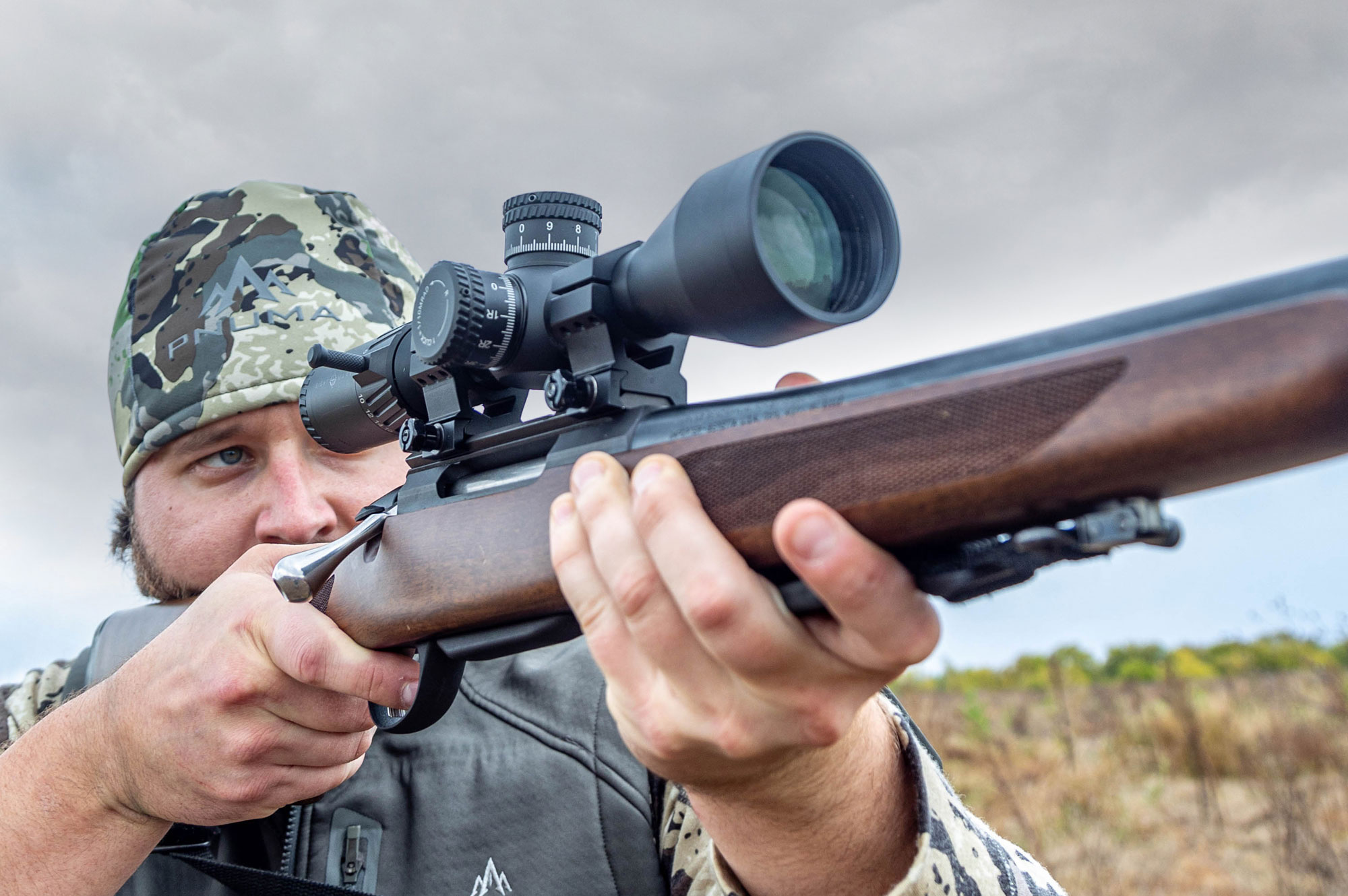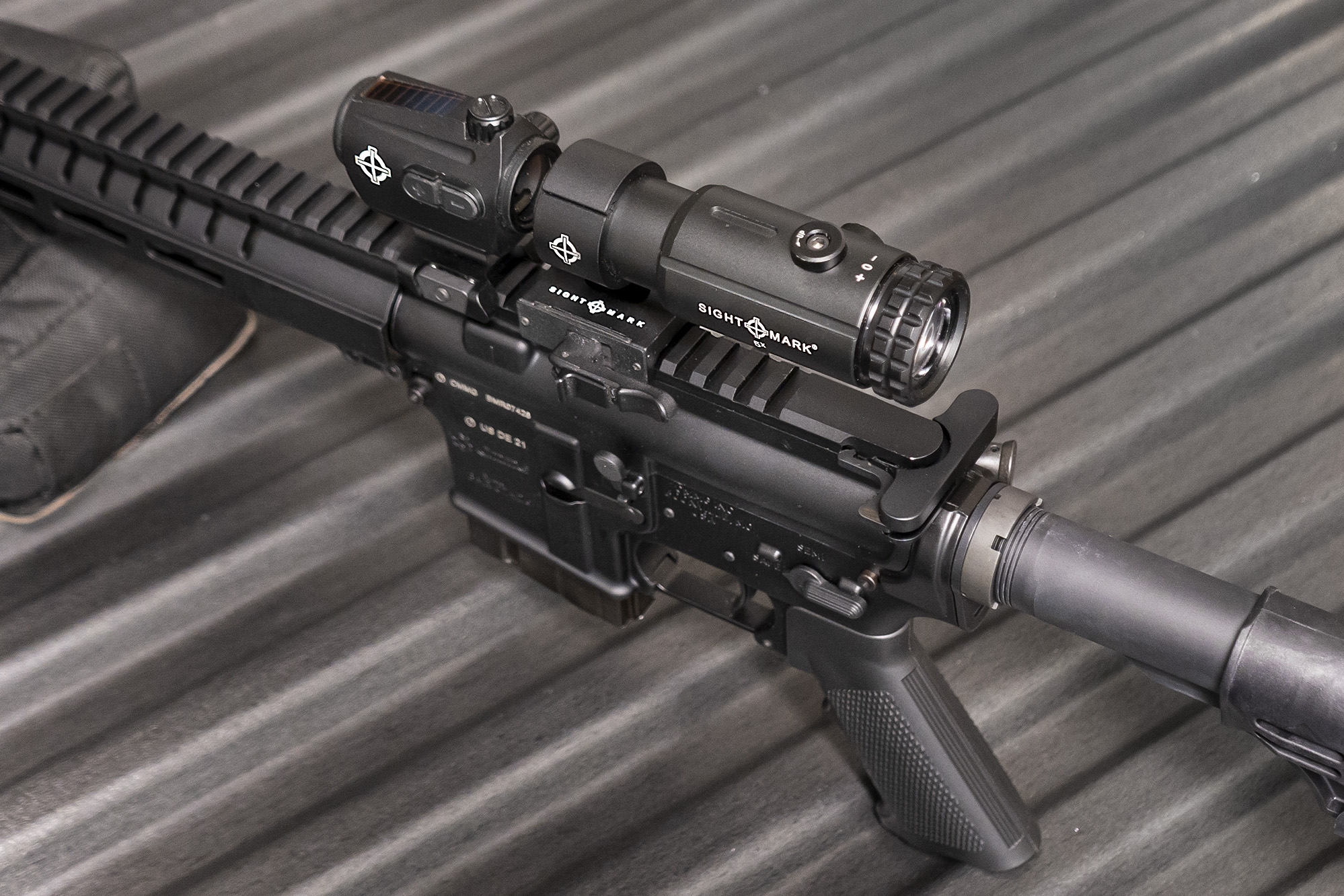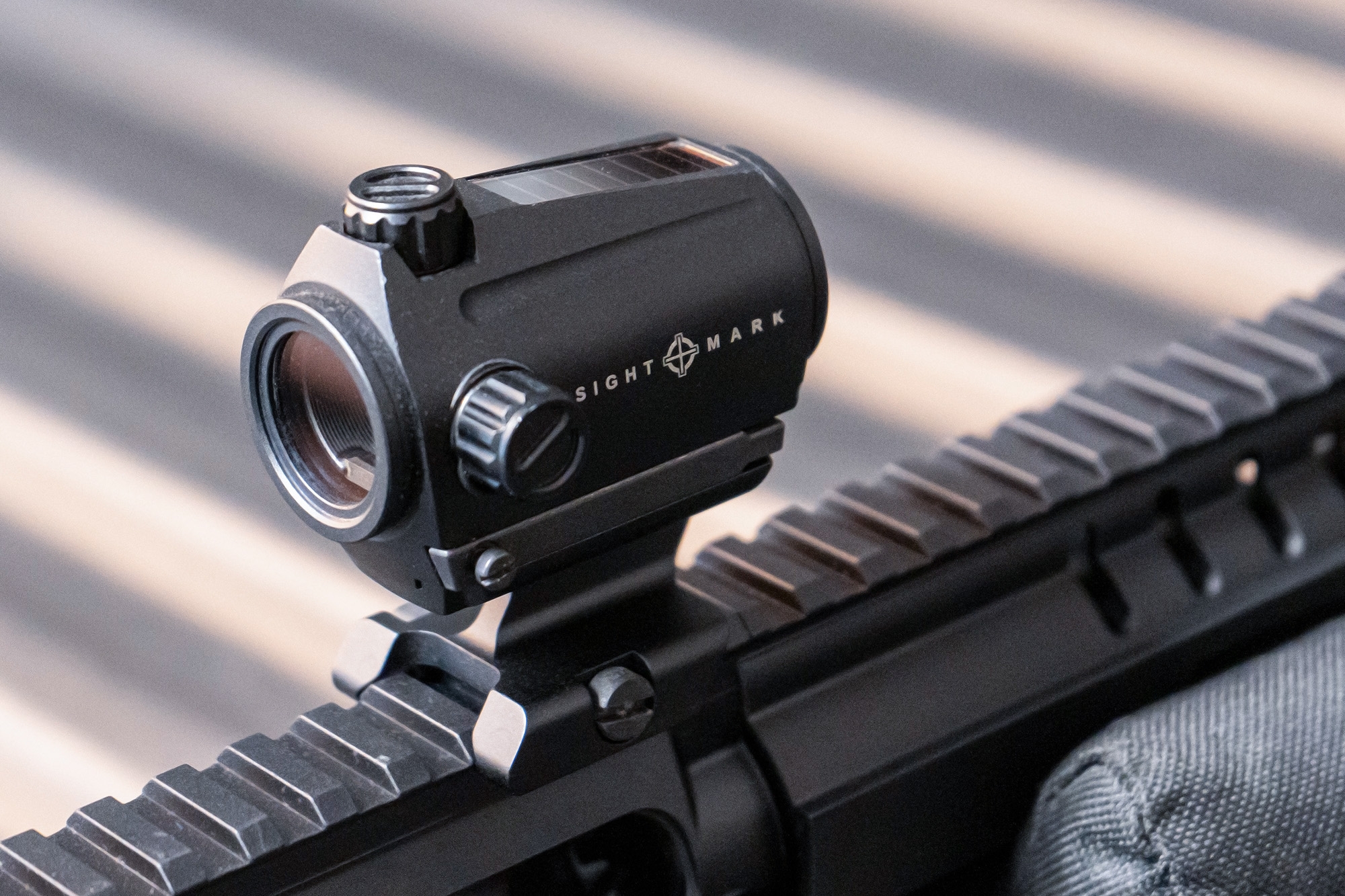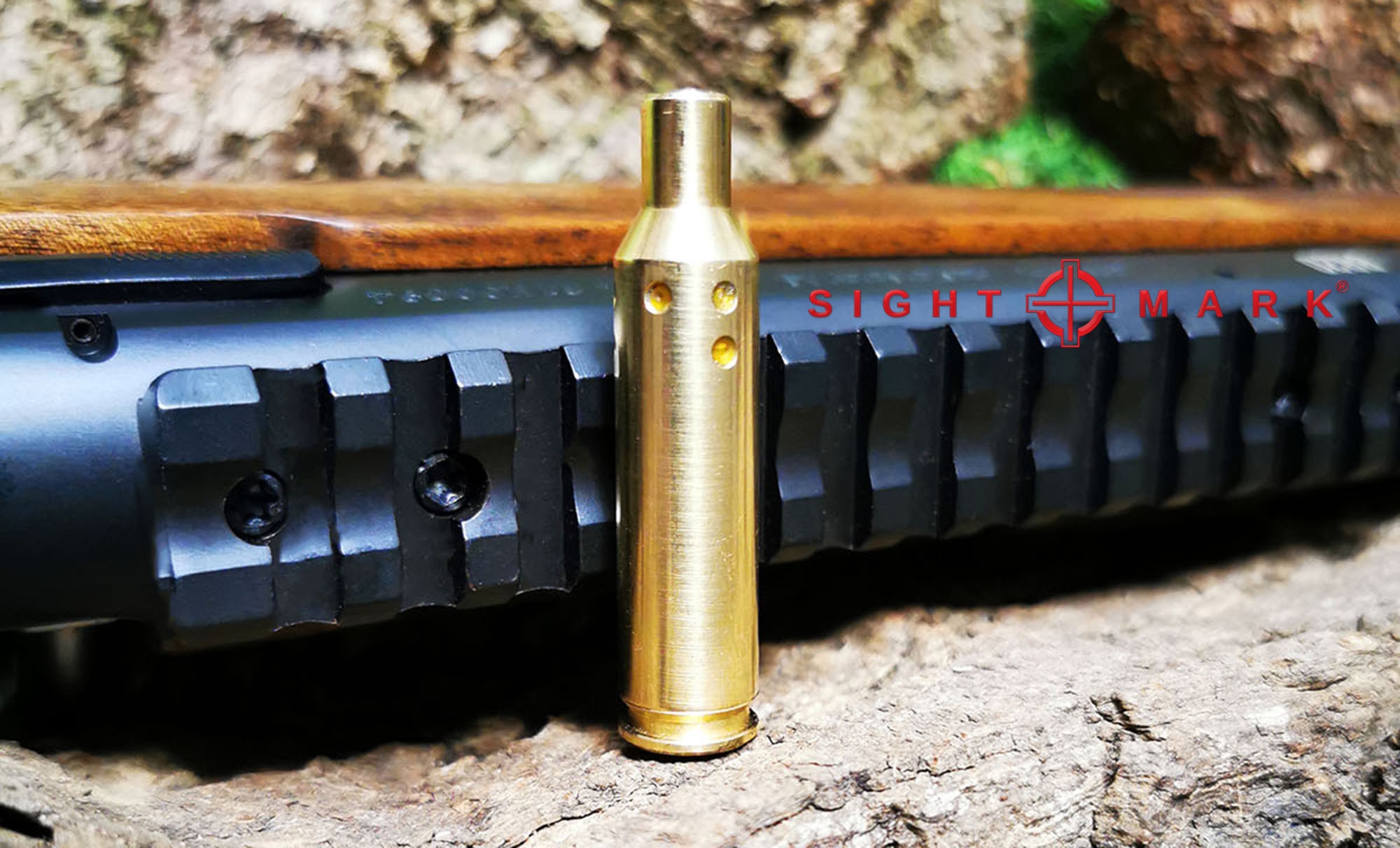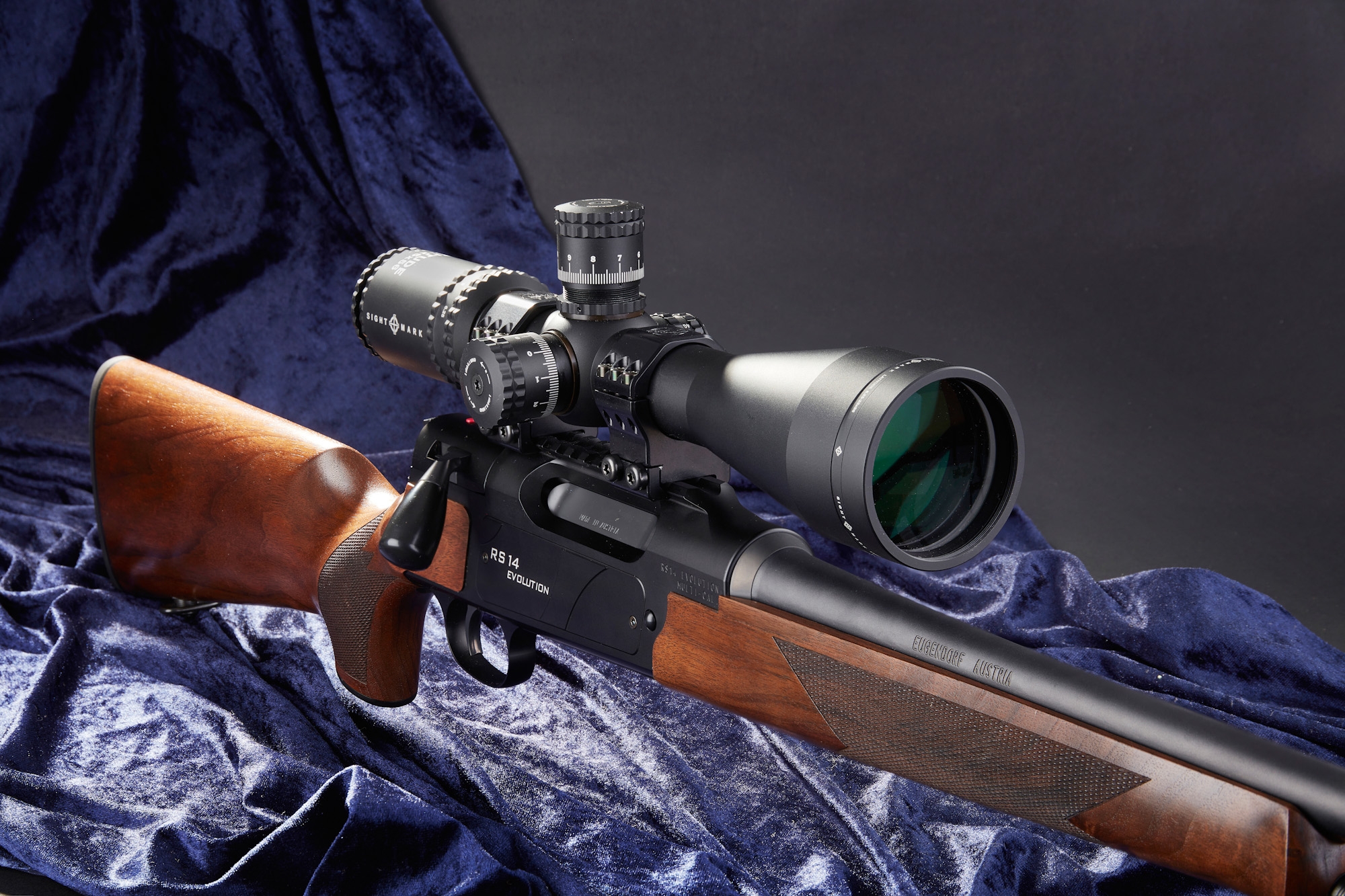Exclusively for all4shooters/all4hunters.com readers, I tested the Sightmark Wraith Mini 2-16x35 Thermal, a super compact thermal imaging riflescope for hunting, professional and why not, even leisure shooting at the range. Sightmark says: "Taking a big step towards making innovative, cutting-edge technology even more accessible to every hunter, Sightmark officially announced its latest iteration of the ‘Wraith’ lineup of digital riflescopes with the Wraith Mini Thermal Riflescope. Sightmark, the producer of popular the Wraith digital color/night vision riflescopes, announced today the Wraith Mini 2-16x35 Thermal Riflescope. Boasting a 384 sensor and 1300 m detection range, the Wraith Mini Thermal Riflescope puts the latest in thermal technology in the hands of hunters everywhere".
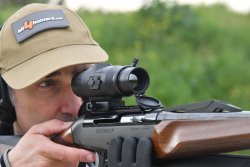
We say: This is perhaps the first thermal riflescope in this resolution class, including the Picatinny mount, offered on the EU market at less than two thousand euros to the public – in fact, the suggested retail price is just shy that, 1999.99 euros.
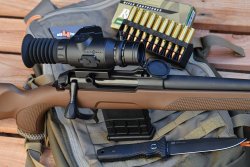
Those who already know the Sightmark's Wraith 4K Mini digital and night scope will immediately recognize the lines, shape and form of the thermal scope being exclusively tested here. In fact, the housing of the brand new Wraith Mini 2-16 Thermal is based on the exact same frame, for obvious economy of scale reasons, considering that, schematically, both a digital and a thermal scope are identical in theory of operation: they are both equipped with a sensor, a graphics processing engine and a display in the eyepiece... Plus, the Picatinny mount attachment interface is the same, as is the user interface of the control panel, allowing those who have already used the 4K Mini day/night scope to be familiar with the thermal version as well.
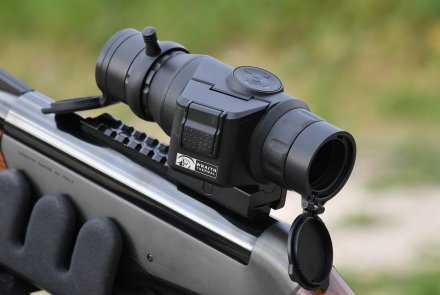
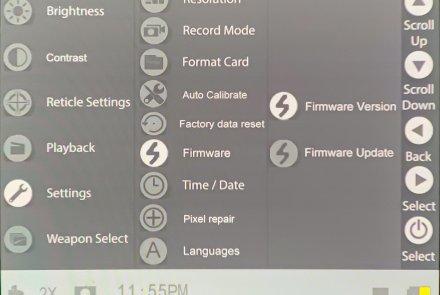
Sightmark Wraith Mini 2-16x35 Thermal - technical details
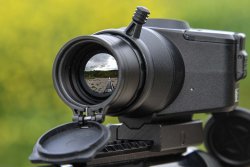
But let's now concentrate in detail on this interesting thermal optic, starting with the manufacturer's claimed specifications. The Wraith Mini 2-16 Thermal is based on a 384x288-pixel resolution and 17 μm pixel pitch amorphous silicon microbolometer FPA sensor, with a F35mm Germanium lens featuring a 2x native magnification, which, thanks to the digital zoom up to 8x, allows a range of magnifications from 2 to 16x. The NETD sensitivity of the thermal sensor is about 40mK: this is a decent value that allows a reasonable dynamic range in the image in most situations.
The images captured by the sensor are processed and presented on a 1024x768pixel OLED microdisplay inside the diopter adjustable eyepiece, which provides excellent color quality and resistance to low temperatures.
I was surprised by the wide focus range of the objective, ranging from less than 40 cm to infinity: it is actually possible to use the Thermal Wraith Mini as a hand-held observation monocular. It is rare to find such a close minimum focus in mainstream riflescopes.
The Sightmark Wraith Mini 2-16 Thermal has good software features: the processing engine employs a proprietary algorithm to improve image quality and level of detail, as well as offering five color palettes to increase contrast in difficult situations.
Strictly speaking of the riflescope functional part, the Wraith Thermal features 10 selectable reticles, from the classic crosshair reticle to subtension based patterns for hold-over estimation at longer ranges (be advised though that since all reticles behave as if they were SFPs of a traditional scope, the subtensions can be used only at native 2x magnification). The color of the selected reticle can be set from a palette of 9 colors; five different zeroing profiles are also available, corresponding either to 5 different ammo loads or different caliber chambered guns.
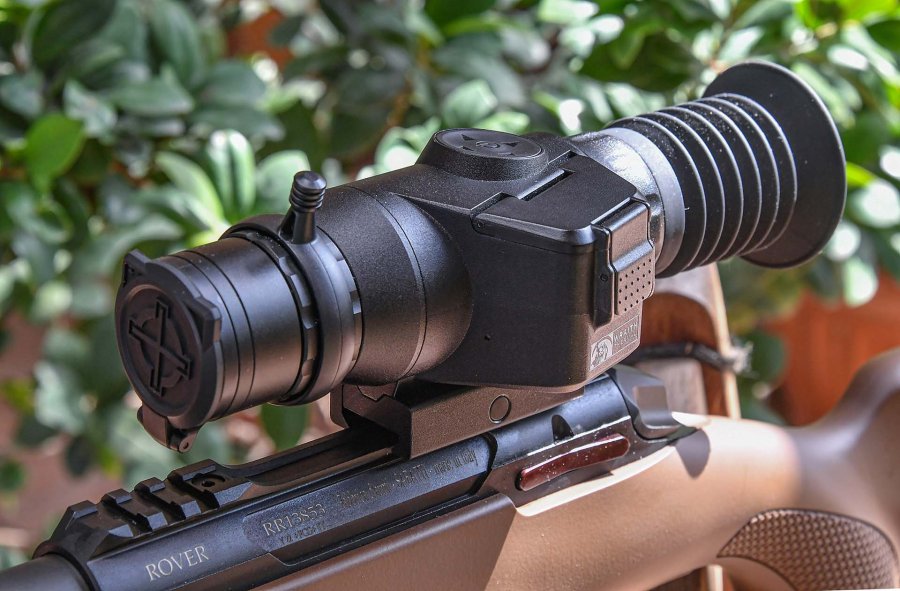
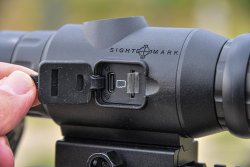
The A/V recording system relies on a MicroSD card that can be up to 256GB as storage, that is inserted into a slot on the side of the housing, protected by a small rubber double flap that also covers the USB-C connector for powering the riflescope from external batteries. A microphone is also present for audio, and it is possible to take single photos. Just like its night vision/digital sibling Mini 4K, the Wraith Thermal does not support WiFi.
The riflescope comes with a fixed-position Picatinny mount. An extended mount, better suited for bolt-action hunting guns, is optionally available to adjust the position of the scope on the gun to fine tune the eyebox and eye relief – very important since value of the latter is not very high, about 60 mm.
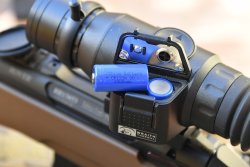
As a matter of fact, in the standard mount configuration, the Wraith Thermal works best with AR-type semiauto guns. I much prefer the included but not stock-mounted rubber eyepiece cup to the spring-loaded cover, which does not fold down along the body of the optic. It not only seals out any illumination coming from the display, but also provides a good position reference to avoid getting your eyebrow too close to the edge of the eyepiece itself, especially in high-powered guns.
The Wraith Thermal's frame is built of lightweight a luminum alloy, and it is powered by a pair of 3V, CR123A lithium batteries that could be replaced by rechargeables and can power the device for about 3.5 to 4.4 hours depending on whether or not A/V recording is enabled.
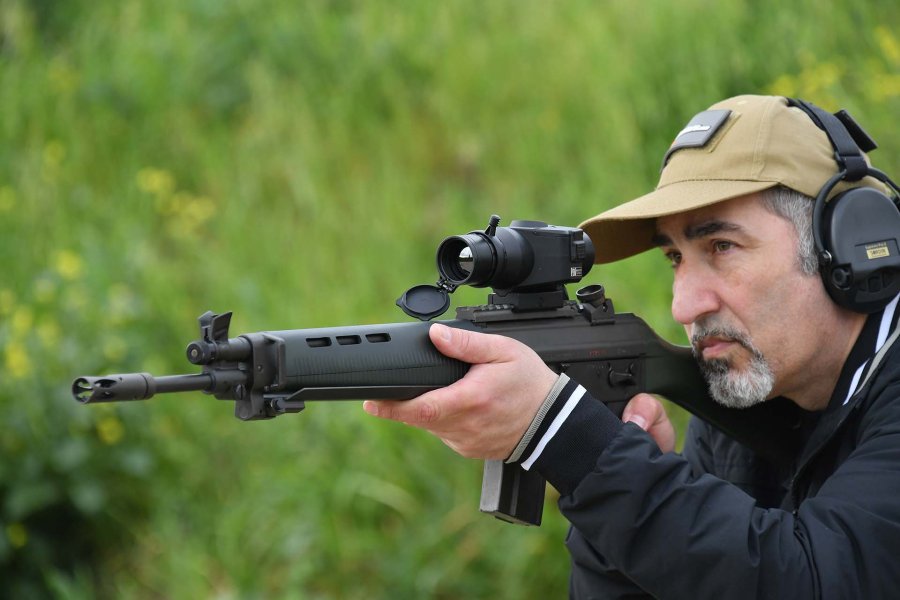
Experience in our first fieldtest: Sightmark Wraith Mini 2-16 Thermal
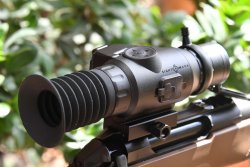
Zeroing and handling the ballistic profiles is very easy: in fact, it only takes three shots and a minimum of attention in moving the reticle over the group using the provided software routine to achieve optimal calibration of the gun/ammo load/optic setup at the selected distance. The thermal image quality is such that the target bullseye, due to the fact that it is printed in black and therefore heat up more in the sun, becomes very visible in IR and can be easily used for zeroing at 100 m.
I tested the Sightmark Wraith Mini Thermal on several firearms: a Benelli Argo E Pro hunting semiauto chambered in .30-06, a nice Sabatti Rover Shooter bolt-action "cross-over rifle” in .308 Win, and just because I can, on a 40-year-old vintage SIG-Manurhin FSA semiauto carbine in 222 Remington, the civilian version of the venerable Stg 540.
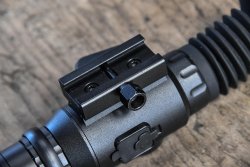
Use of the menu-driven interface requires a modicum of attention: accessing some more advanced functions requires holding down the buttons for three seconds, such as selecting color palettes with the left button, versus pressing momentarily – which activates sensor calibration. The firmware version in our test sample is pretty much final in performance and functionality but may differ in some minor way in the actual models for sale. For example, in our scope some adjustments offer only a percentage bar, and not the "what you see is what you get" real-time display of changes to the viewed image. However, once you get used to it, as with all things, it becomes intuitive enough to change display modes or magnifications on the fly. Speaking of the devil, actually 16x magnification with a base sensor resolution of just 384x288 pixels at 2x is equivalent to an observation window of only 48x36 pixels, which in most situations is almost unusable. Better to stay at a maximum of 8x, with a decent window of 96x72 pixels, which allows for excellent shot placement in hunting game, and keeping at the same time a good situational awareness of what is happening around the target or game. The depth of field is such that I don’t feel the need to change focus once set beyond the twenty meters mark, an important feature in, i.e. driven hunts with very dynamic and fast animals. Unlike the Mini 4K, the thermal sensor uses a 4/3 aspect ratio, so it "fills" the scope’s round eyepiece much better, with an excellent 13° horizontal field of view.
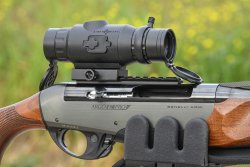
Observed image dynamic range suffers a bit compared to the more established (but at the same time much more expensive!) competition, while still being able to be a step above the products of even just a couple of years ago in overall performance. Sensitivity allows for excellent prey discovery, even at long distances. Conversely, the sensor tends to reveal fewer details of the prey, compared to the surroundings, which tend to be richer in detail: the algorithm here was set to field of view weighing, in which the highest percentage of sensor coverage gets the full dynamic range, rightly allow for maximum awareness of what is happening around the prey.
A/V recording feature of the preproduction specimen I tested uses the .AVI format, in my opinion and for the purpose of greater compatibility, it would have been better to use the mpeg format, especially for Social. If left recording continuously, the feature generates consecutive individual files of about 3 minutes each; the audio quality is not bad at all. In fast motion, the sensor's full frame refresh rate is much appreciated, with no trails or "ghosting" effect, lag is almost imperceptible.

Recalibration of the Sightmark Wraith is quite fast and blocks the view only momentarily. It is in line with the average times of current thermal optics. Manual calibration is possible by pressing momentarily the left button, to avoid the sensor automatically recalibrate in the decisive moment. Upon purchase, I suggest changing the eyepiece spring loaded cap for the rubber eyecup and immediately loading a MicroSD into the scope as the recording function is most useful, i.e. for documentation of the hunting session.
In closing, my opinion on the Sightmark Wraith Mini Thermal is very positive: just like its smaller brethren Mini 4K for digital, the Mini Thermal is a perfect starting point to enter the fascinating world of thermal sighting optics. At the price point the manufacturer set the Wraith Mini thermal at, less than 2K euro (the price can vary in individual EU countries due to different tax and VAT regulations), the riflescope’s number of image enhancements, performance features, good optical quality, ruggedness, compactness and ease of use, make it a super affordable and perfect option for the experienced, budget minded hunters and first timers alike, that hear all the hype of thermal Imaging and want to try it for the first time. As I have stated above, I received a preproduction optic which may differ slightly (especially in the firmware) from the models hitting the markets – however, these differences can only be for the better!
2K euro can be even lower than the retail price of many traditional high-end daylight optics. The Mini Thermal scope is ready to use, with Picatinny screw mount installed (quick release versions may be available by the time you read this test) and a pair of batteries, with oversized focus lever already fitted, spring caps and rubber eyecup.
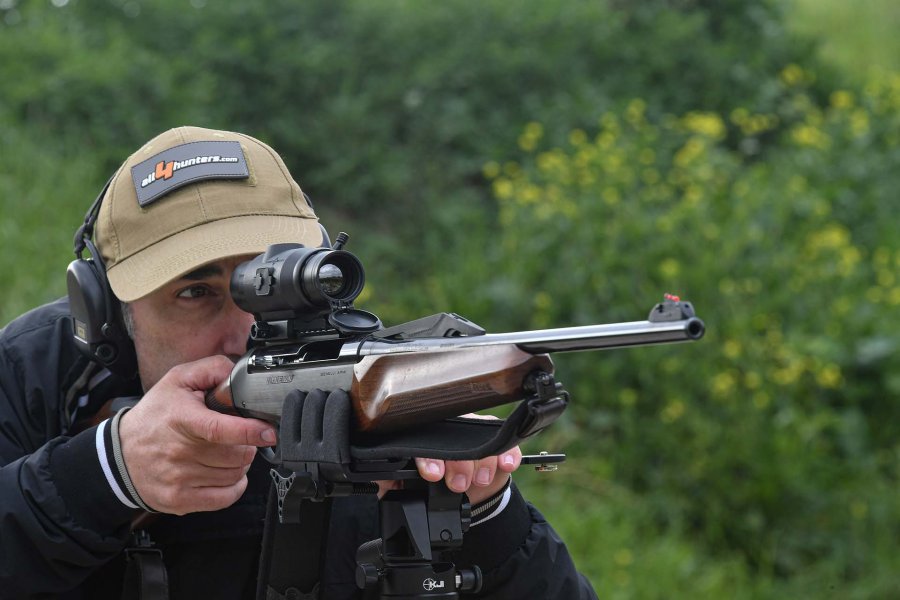
Sightmark Wraith Mini 2-16x35 Thermal - technical data and price
| Manufacturer: | Sightmark - https://sightmark.eu/ |
| Sensor Resolution: | 384x288 pixels 17 μm pitch |
| Thermal Sensitivity (NETD): | <40 mK (50 Hz, 300 K, F/1) |
| Lens Focal Length: | 35 mm |
| Magnification: | 2-16x
with digital zoom |
| Horizontal Field of View: | 13° |
| Detection Range: | 914 m/1000 yd |
| Dimensions: | 169x77x74 mm |
| Weight: | 550 g |
| Display: | OLED, 1024x768 pixels |
| Batteries: | 2xCR123A,
lithium non-rechargeable, USB-C connector for external batteries |
| Battery Life: | From
3.5 to 4.4 hours |
| Materials: | Aluminum
body, germanium lens |
| MSRP:
| 1999.99 euro (price may vary depending on local tax rules) |
| Notes: | Audio, video and photo recorder with MicroSD storage (not supplied), supports cards up to 256 GB; waterproof housing, operating range from -20C to +50 ºC, 50 hz "full frame rate" sensor and display |
Please check the legal situation in your country, before using this device:
https://sightmark.eu/products/sightmark-wraith-mini-2-16x35-thermal-riflescope


